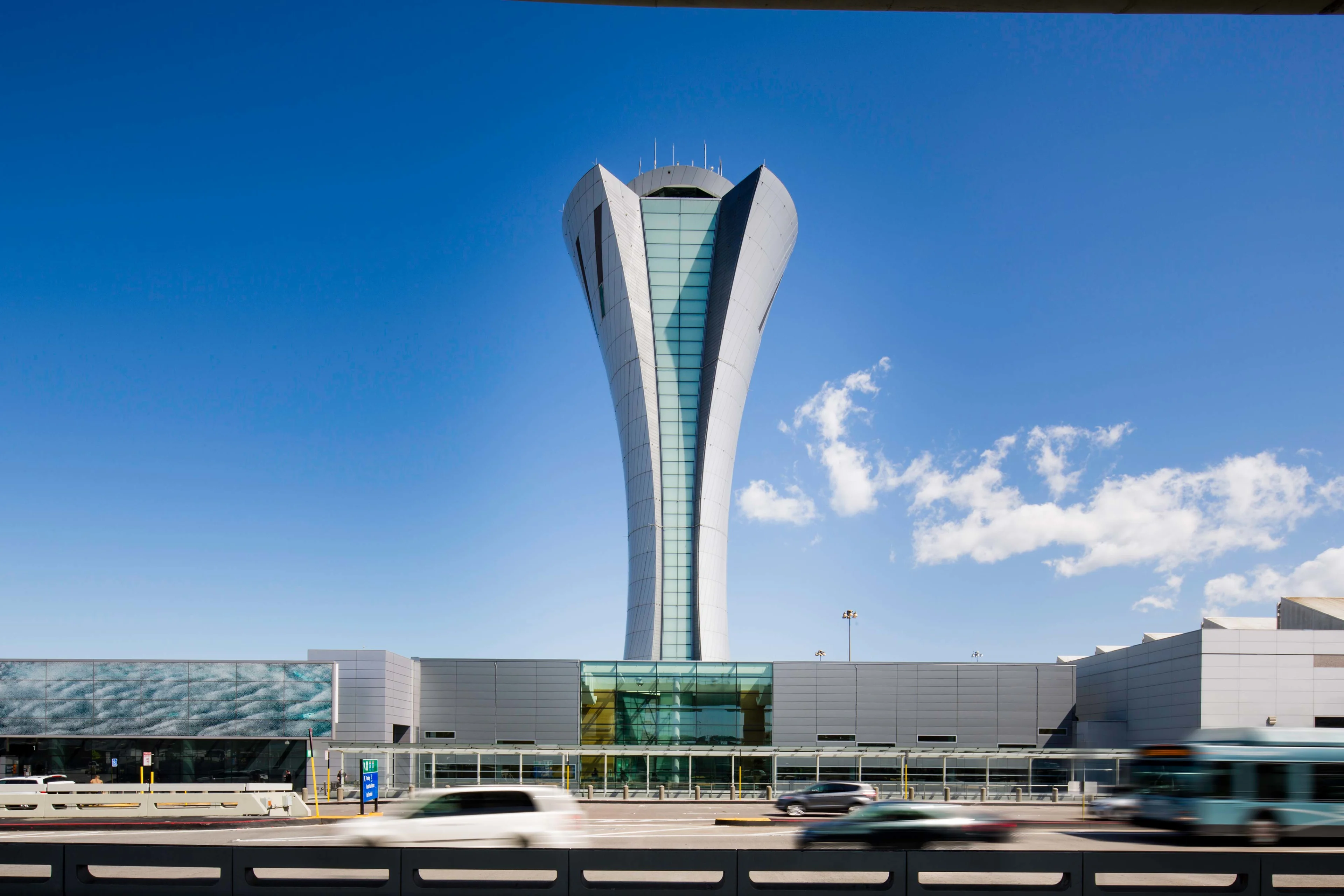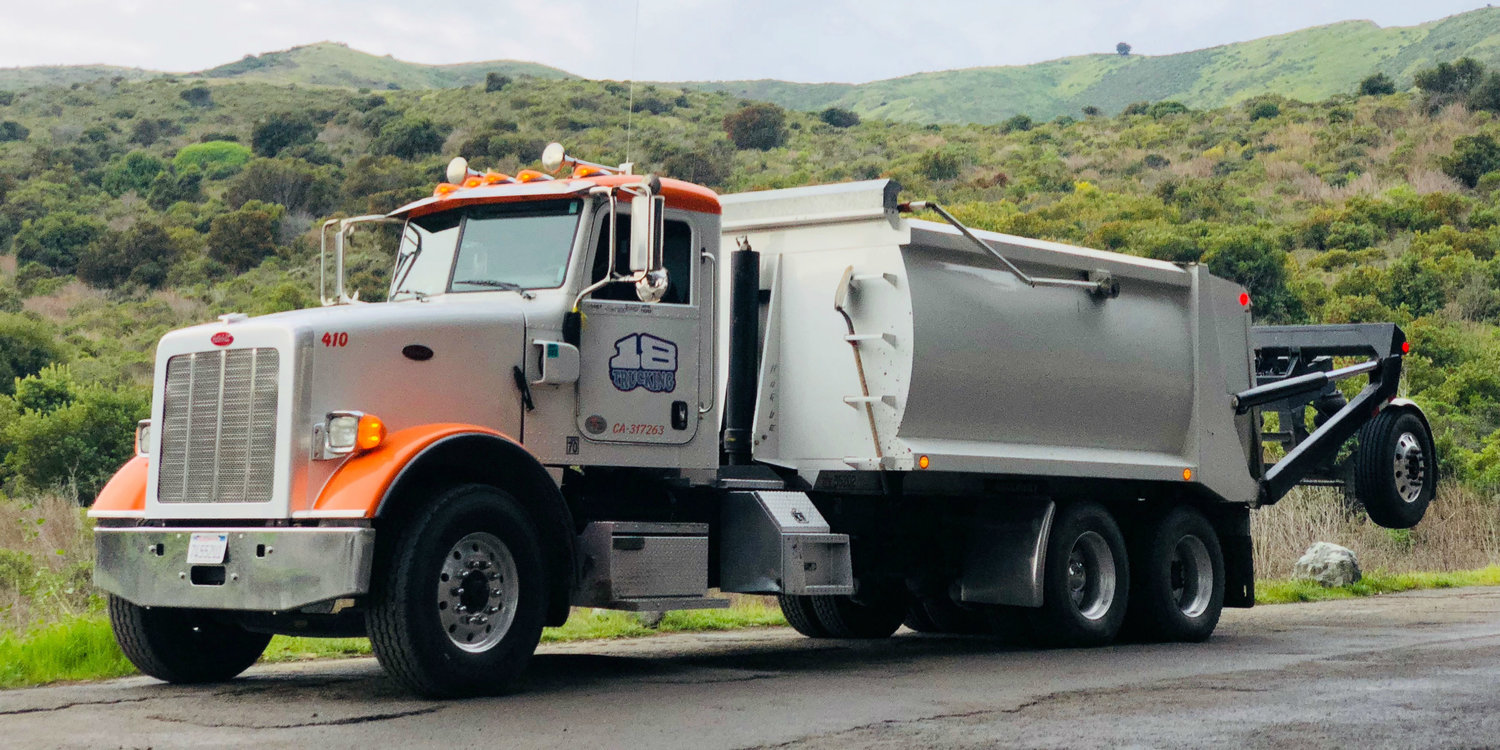
Partnerships
4 minute read
A climate quantum leap for the aviation industry
San Francisco International Airport (SFO) set a goal to become the first triple zero airport - that is: net zero carbon, zero waste and net zero energy. The airport has made extraordinary strides to reduce its environmental impact, including its boldest step yet of becoming one of the first major airports in the country to enable a continuous supply of Sustainable Aviation Fuel (SAF) for all commercial, cargo and private aircraft operators.
“By focusing on the entire supply chain process, achievements like this one have the power to transform the landscape of our entire industry.“

San Francisco International Airport
Nationally recognized sustainability leader in the aviation industry
13 major airports
Already use and supply sustainable aviation fuel
1.6 billion gallons
Of sustainable aviation fuel committed to forward purchasing agreements
The journey to become a leader in sustainable aviation fuel
1. First-of-its-kind agreement
SFO signed a Memorandum of Understanding (MOU) with Neste and a group of eight airlines and fuel producers. The agreement was the first of its kind to include fuel suppliers, airlines, and airport agencies in a collaborative effort to accelerate the global and local transition to SAF.
2. Effectively deploy SAF
Neste offered a breakthrough in the supply chain by directly delivering the SAF via pipeline, which serves as drop-in fuel for aircrafts at SFO. This allowed the process to become easier, safer and more climate friendly.
3. A climate quantum leap
The seamless introduction of SAF into SFO’s existing jet fuel supply chain - from refinery to pipeline to airport fuel supply to aircraft - demonstrates SAF’s unique role as a today solution that works safely with existing engines and infrastructure.
“Partnerships like this show us that working closely with our partners in the aviation community with the support of governments and key stakeholders to facilitate and pave the way for sustainable aviation fuels will play a significant role in minimizing and mitigating the environmental impacts of aviation towards a net zero future.“
A pioneering partnership
On its campus, SFO had been working for years to build partnerships to expand deliveries and infrastructure for SAF. Beginning in 2018, SFO hosted multiple SAF-fueled gateway flights departing for destinations across California and around the world, totaling nearly 400,000 gallons of SAF delivered and avoiding roughly 40,000 tons of CO2.
The flights’ successful outcome showcased the technology’s viability and potential for achieving significant carbon reductions and enabled SFO to onboard all its key stakeholders to ensure readiness for future use. SFO sought to further expand SAF use, but found the infrastructure and supply chain logistics to be a significant barrier.
To overcome these hurdles, SFO signed a Memorandum of Understanding (MOU) with Neste and a group of eight airlines and fuel producers. The agreement was the first of its kind to include fuel suppliers, airlines, and airport agencies in a collaborative effort to accelerate the global and local transition to SAF.
With more than a decade of experience with SAF and already the world’s largest SAF producer, Neste played a key role in this collaboration. To effectively deploy SAF, Neste was able to offer a breakthrough in the supply chain by directly delivering the fuel via pipeline, which serves as drop-in fuel for aircrafts at SFO.
Once Neste’s SAF enters SFO’s fuel consortium storage, it is available to all commercial, cargo or business aviation entities that operate at the airport. The SAF is blended into the jet fuel pool, and is being used by major airlines including American Airlines, JetBlue, Alaska Air and DHL Express, as well as for business and private aviation via Signature Flight Support.
“Our relationship with Neste and this incredible collective of SAF producers has secured our credibility and propelled our ability to make change happen in the state and industry. In 2019, SFO set a target to achieve 5% SAF use by 2025,” said Cooke. “Through the dedication of our SAF Stakeholder Working Group, our strategic planning, focused advocacy, and Neste’s active deliveries, our campus is on track to become one of the first to reach that ambitious goal.”
Given the projected growth of passenger air travel and freight, the increase in aircraft emissions is also expected over the next few years, so the necessity for SAF couldn’t be clearer.
The future is bright for cleaner skies
Neste sees significant growth potential for renewable fuels in the aviation market. The demand is there – from airlines, business aviation and end customers.
That is why Neste has set an ambitious target to bring online more than 1.5 million tons (515 million gallons) of SAF production capacity by 2023. At the same time, Neste is entering into bold, new partnerships to increase the availability of SAF. “Air travel allows us to connect with each other, appreciate the natural wonders of the world, and experience the richness of diverse cultures. These are the things we want to preserve by fighting climate change,” said Chris Cooper, Vice President of Renewable Aviation at Neste US. “That’s why we are committed to growing the market for SAF in North America, so future generations can enjoy the many benefits of air travel.” Together, San Francisco International Airport and Neste are working to reduce carbon emissions of flying. All it takes is forward thinking cities, businesses and airlines that choose to make fighting climate change and air pollution a priority. It’s a small switch with a big impact for a healthier planet.
Read more about the partnership between Neste and the San Francisco International Airport here.
“This is a major milestone in our goal to make SFO a hub for the use of SAF in our pursuit of net zero carbon.“




